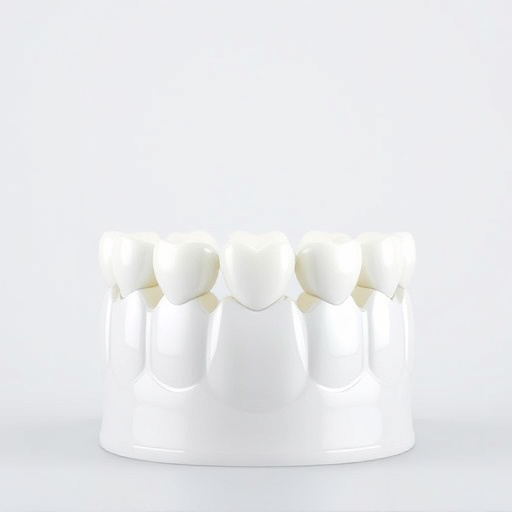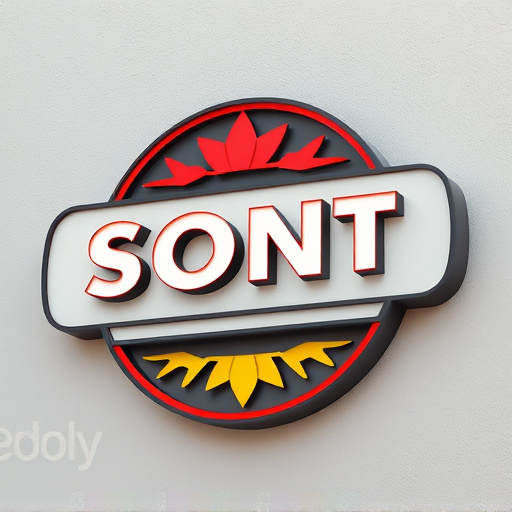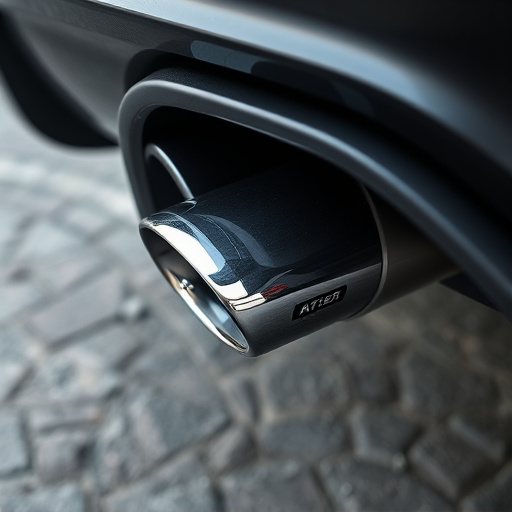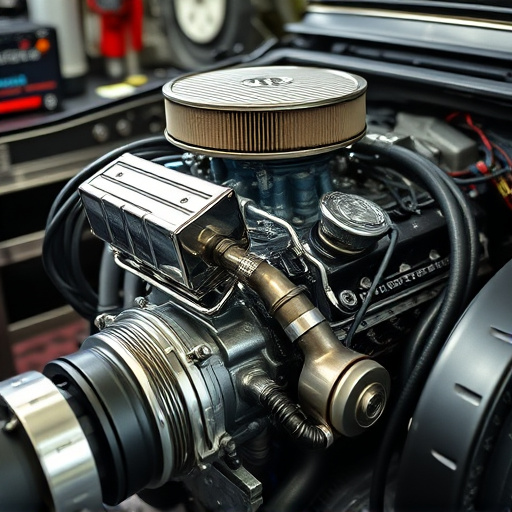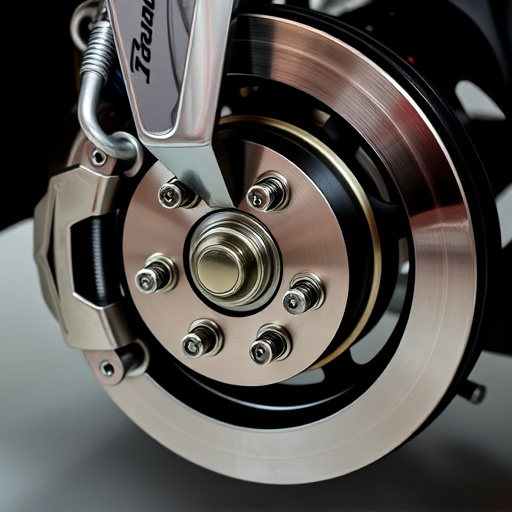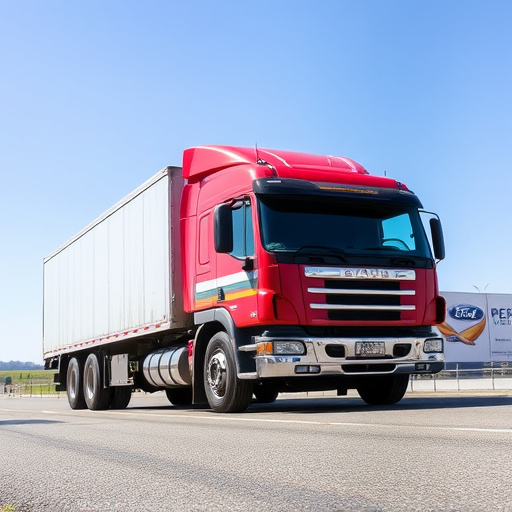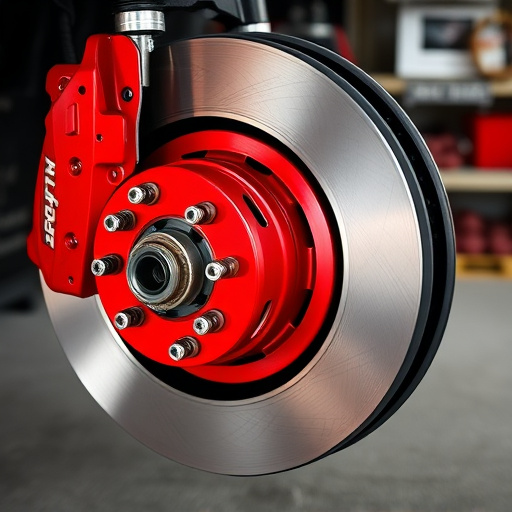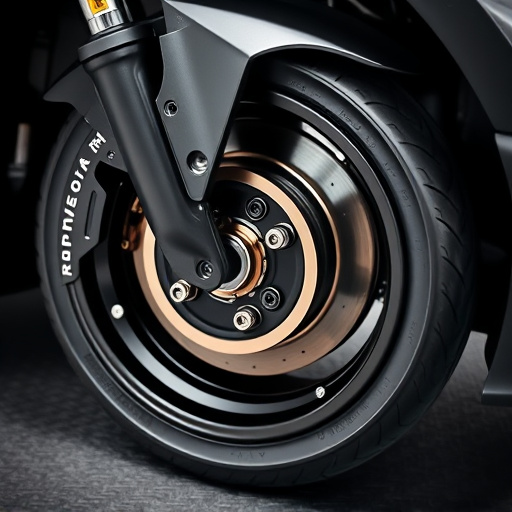Cold Air Intake (CAI) filters draw in cool, dense outside air, optimizing engine performance by improving oxygen-fuel mixture efficiency. They enhance horsepower, torque, fuel efficiency, and reduce noise compared to stock intakes. Performance air filters, located within the engine compartment, prioritize increased airflow with minimal impact on air quality. The choice between them depends on whether you prefer a quick power boost (CAI) or a complex system focusing on precise airflow control and efficient filtration (performance filter).
Cold Air Intake (CAI) filters and performance air filters are popular choices for vehicle enthusiasts seeking enhanced engine performance. While both aim to improve airflow, they operate differently. CAI filters draw cool, dense air from outside the vehicle, providing a larger oxygen supply for better combustion. Performance air filters, on the other hand, use advanced materials to capture finer particles, ensuring maximum air flow and efficient engine operation. Understanding these distinctions is crucial when selecting the right filter for your needs.
- Understanding Cold Air Intake Filters: How They Work and Benefits
- Performance Air Filters: Features, Types, and Advantages
- Comparing Side-by-Side: Key Differences and When to Choose Each
Understanding Cold Air Intake Filters: How They Work and Benefits
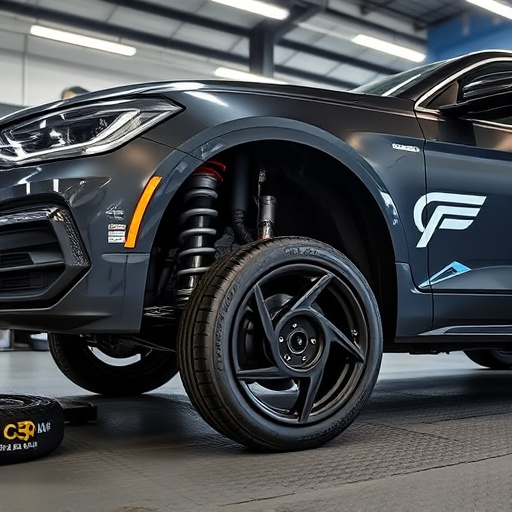
Cold Air Intake (CAI) filters are designed to draw in cool, dense air from outside the vehicle, providing a more efficient oxygen-to-fuel mixture for the engine. This simple yet effective system works by redirecting intake air through a filter, typically located near the engine bay, away from hot exhaust tips and other sources of heat. By keeping the air cold and dense, CAI filters enhance engine performance, increasing horsepower and torque output. They also improve fuel efficiency and can reduce noise levels compared to stock intake systems.
In contrast to traditional performance air filters that focus on maximizing airflow, CAI filters prioritize quality over quantity. The benefits of a well-installed CAI include improved throttle response, smoother power delivery, and better overall engine sound—all without the need for complex modifications or expensive cat back exhaust systems. This makes them an attractive option for both daily drivers looking to enhance their vehicle’s performance and enthusiasts seeking a more aggressive tune.
Performance Air Filters: Features, Types, and Advantages
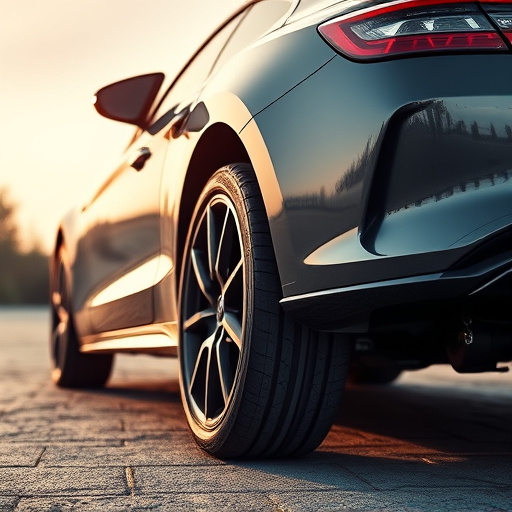
Performance air filters are designed to enhance engine performance by improving airflow and efficiency. They typically feature advanced materials like synthetic media or high-flow designs that capture and filter contaminants while allowing maximum air flow, ensuring your vehicle’s engine receives a steady supply of cool, clean air. These filters can be easily upgraded as part of an overall engine tuning process, often in conjunction with other modifications such as suspension kits or muffler tips.
Different types of performance air filters cater to various driving styles and needs. Dry flow filters offer consistent performance, while wet filters can handle higher moisture levels for extreme conditions. Some advanced models even incorporate electronic sensors for real-time airflow monitoring. The primary advantage lies in their ability to boost power and torque by reducing restrictions, making them popular choices for those seeking better engine response and overall driving dynamics—a significant upgrade from standard cold air intake filters.
Comparing Side-by-Side: Key Differences and When to Choose Each
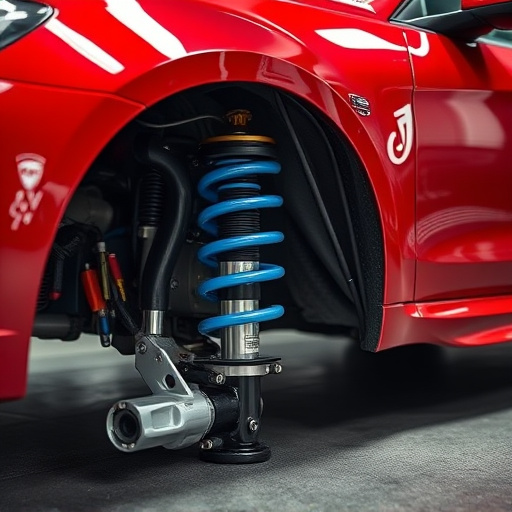
When comparing cold air intake (CAI) filters and performance air filters, understanding their key differences is essential for any car enthusiast looking to enhance their vehicle’s performance. While both aim to improve airflow and engine efficiency, they operate in distinct ways. A CAI filter sits outside the engine bay, drawing cool, unfiltered air directly from the environment, which can significantly increase torque and horsepower. In contrast, performance air filters are typically located inside the engine compartment and are designed to allow more air to flow into the engine while maintaining or slightly improving air quality.
Choosing between a CAI and high-performance parts like muffler tips depends on your priorities. If you’re seeking a straightforward way to boost power with minimal modifications, a cold air intake might be ideal. These filters are generally easier to install and offer noticeable performance gains. On the other hand, if you desire a more intricate setup that prioritizes precise airflow control and efficient filtration, performance air filters could be the better choice. They often provide smoother power delivery and can be part of a broader engine tuning strategy, especially for track-focused or highly modified vehicles.
When it comes to enhancing your vehicle’s performance, choosing between a cold air intake (CAI) filter and a high-flow performance air filter depends on your specific needs. CAI filters provide a direct path for cool, dense air to enter the engine, offering benefits like improved throttle response and fuel efficiency. On the other hand, performance air filters are designed for maximum airflow, ideal for vehicles already modified or intended for track days, as they can handle higher air volumes without sacrificing filtration. Understanding these differences enables car enthusiasts to make an informed decision, ensuring their choice complements their driving style and vehicle setup.
